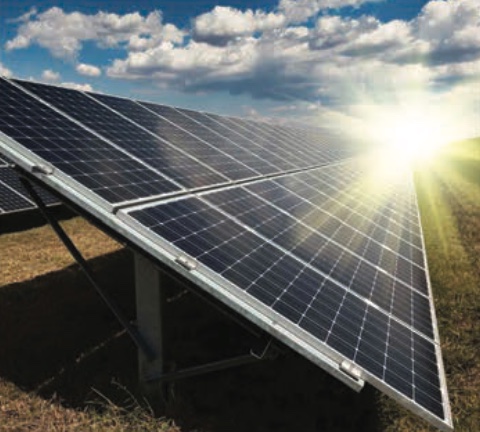As the push for renewable energy continues to grow, more property owners are exploring solar energy solutions to reduce electricity costs and environmental impact. While rooftop solar systems have traditionally been the more common choice, ground mount solar systems offer a number of compelling advantages that make them increasingly attractive, especially for those with sufficient open land. One of the most significant benefits of a ground mount system is its ability to be installed at the optimal tilt and orientation to capture maximum sunlight. Unlike rooftop panels, which are restricted by the angle, direction, and size of the roof, ground-mounted arrays can be precisely positioned to maximize solar exposure, improving energy production and overall system efficiency. This is particularly advantageous in cases where the roof is shaded by trees, buildings, or other obstructions, or when it faces a less-than- ideal direction such as north. Additionally, ground mount systems are more accessible for routine maintenance, inspections, and cleaning of snow and dust to keep them performing at peak efficiency. Since the panels are installed at ground level, homeowners or service professionals do not need to climb ladders or walk on sloped or fragile rooftops, which not only improves safety but also makes repairs faster and less costly over the life of the system. Another important consideration is the impact on the home’s structure; rooftop installations typically require drilling into roofing materials and attaching mounting hardware, which can lead to leaks or damage over time—particularly on older or more complex roofs. Ground-mounted systems bypass these risks entirely, preserving the roof’s condition and making future roof/shingle replacements or repairs easier, since no panels need to be temporarily removed. Moreover, ground systems are ideal for larger or expandable solar installations. If energy needs increase in the future—such as through the addition of electric vehicles, heat pumps, or other energy-intensive appliances—expanding a ground mount system is generally more straightforward than trying to fit more panels onto a limited roof surface. This scalability makes ground systems especially appealing for farms, estates, acreages, and commercial properties where available land is not a constraint. Ground mounts can also support advanced solar technology like dual-axis trackers, which follow the sun throughout the day and boost electricity output significantly— something not feasible on most rooftops. Though ground-mounted systems can sometimes, depending on the terrain, can involve a higher upfront installation cost due to additional materials like racking and trenching for electrical connections, the long-term benefits often outweigh this initial expense. In cases of houses with odd rooflines, or less than ideal roof orientations, ground systems can quite often be cheaper due to the fact a roof system may need up to 50% more modules to generate the same power. Aesthetically, some may prefer rooftop systems for their less visible placement, but modern ground arrays can be installed with minimal visual impact and even integrated into landscaping. Ultimately, while rooftop solar systems remain a solid choice for urban settings or homes with limited yard space, ground mount solar systems offer superior performance, easier maintenance, lower long-term risk to the structure, and greater flexibility for future growth—making them an excellent option for property owners who want to maximize the value and output of their solar investment.
SkyPower
Andre@skypower.ca



























